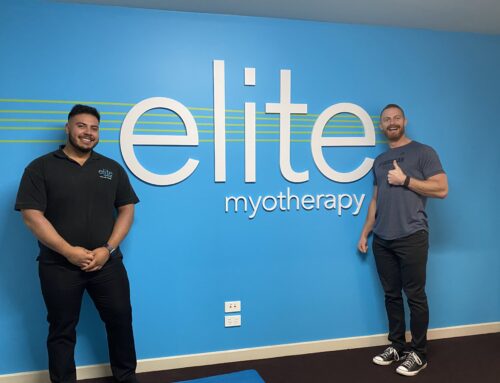I recently had a client come to me with severe knee pain.
Anyone that has had a knee issue in the past will know that knee pain can come from a variety of issues including: trigger point referrals from surrounding muscles, ligament damage, tendon damage, meniscus damage, biomechanical issues/weaknesses, back problems, foot problems, cartilage issues, arthritis and problems with the patella (knee cap) tracking properly. Fortunately enough I had recently participated in a workshop that would result in the clients diagnosis being relatively quick and easy to detect and manage.
Currently a lot of knee pain is diagnosed as a tendinopathy especially if the knee pain is around the patella tendon in general or if a scan has indicated that the patella tendon is damage/being overloaded. The workshop I attended was run by Ebonie Rio who together with Jill Cook has been studying tendons for many years and are changing some of the literature that a lot of therapists had previously been taught during their tertiary studies.
Some of the rules for diagnosis of a Tendinopathy that Jill/Ebonie have developed to diagnose tendinosis include the following:
-A tendon pathology on imaging does not change the clinical diagnosis. It is not an indicator of pain for the patient regardless of what the tendon looks like. A lot of athletes have pathological patellar tendons and have no knee pain/issues that they are aware of.
-Loading up the tendon in an isometric exercise (putting it under strain with weight) under controlled conditions by your therapist may REDUCE knee pain.
Catharine Bainbridge – Elite Myotherapist






